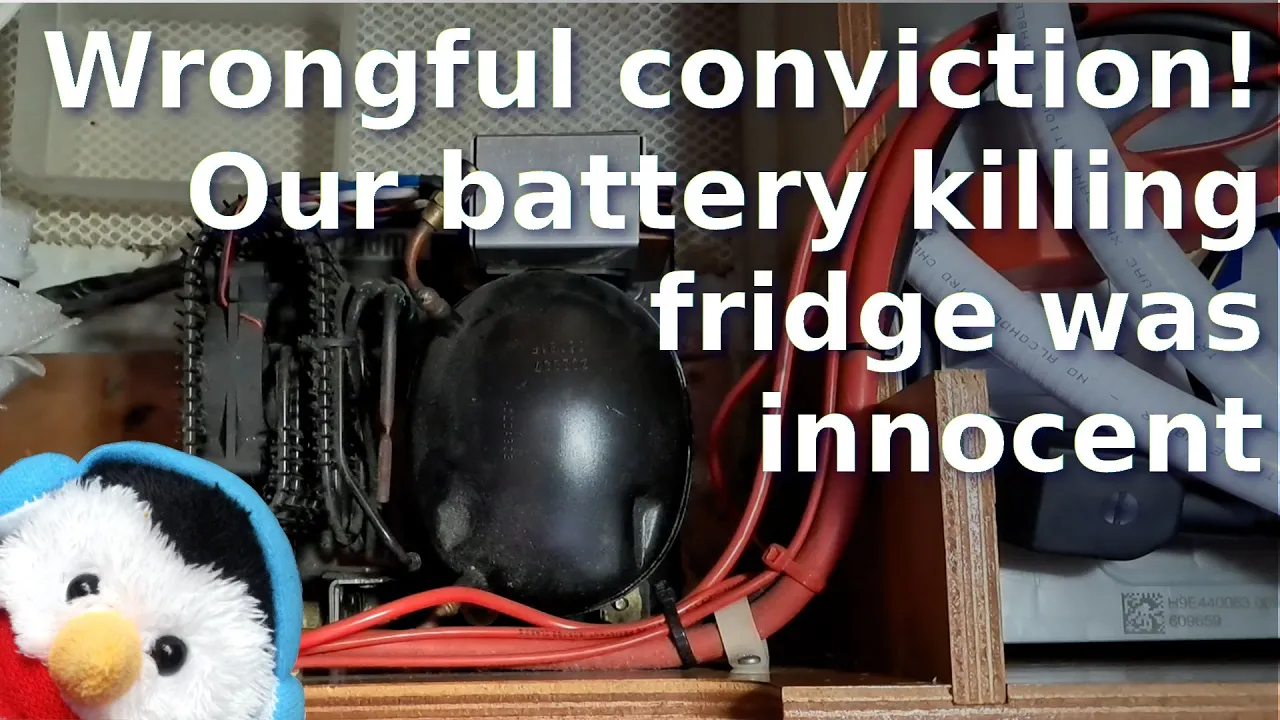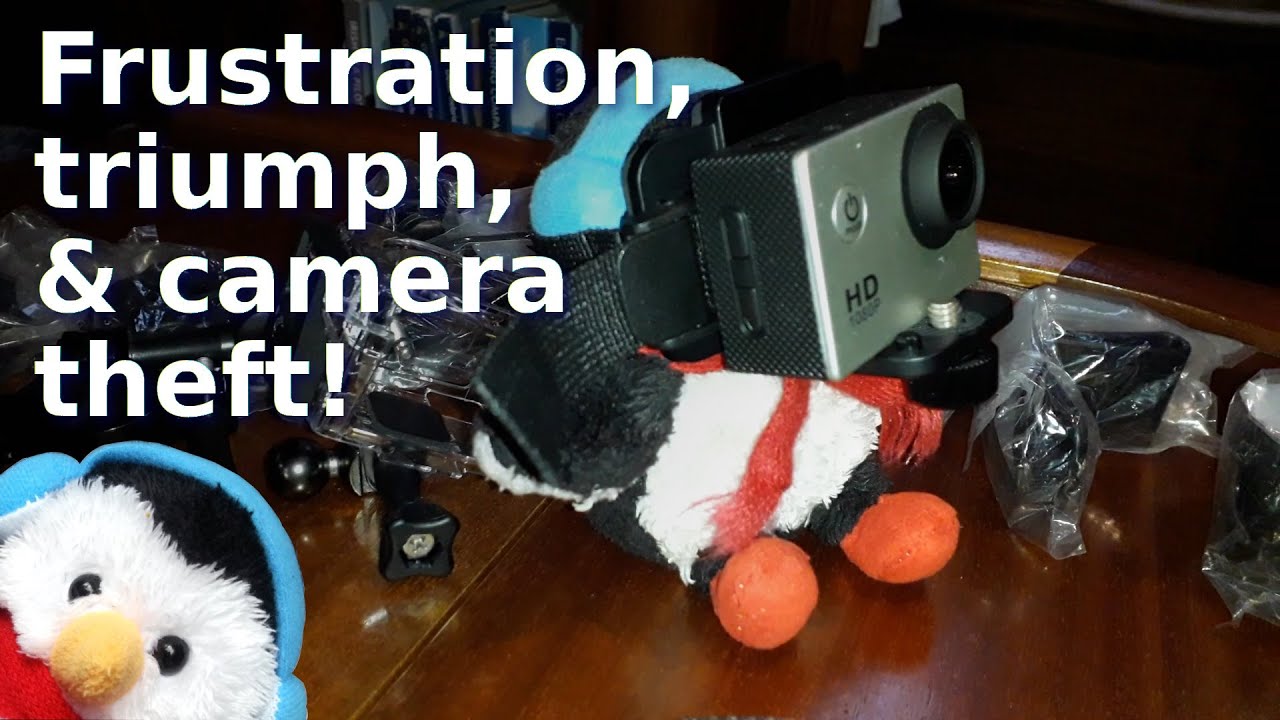We still had an electrical item to install but it was sunny, so we decided to seize the day and go out for a wee burr, we also needed fuel as we burn a lot of fuel for heating. So that we could go out there were a few things that we needed to do, one of which was to move the dinghy from the deck and the other was to remove a strip that was on the side of the pontoon as it was coming off and it was better to have it removed so that it would not catch. Seeing as we were about to do a job that needed tools, I decided to see if any of my Christmas presents would be of use. The presents were a crow bar, a soft hammer and some wobbly bits. I managed to use my small crow bar, so I was happy with that.
Once we were all set up for an excursion we went to the fuel dock to fill up. It was there that we discovered a problem because the alarm would not go on. We always test the alarm before we start because it is good practice. With having a faulty component it was time to go back to the slip, so a really short trip out.
When we got back to the slip the alarm worked, so Beverley thought that she was a complete berk.
However, the next day it did not work so there was a problem. Seeing as we would now have to look for the problem then we thought that we inspect the auto pilot for wear, seeing as we would be removing the wheel. It only took Beverley a minute to remove the wheel and we inspected the auto pilot for wear. We also checked that the bearing race was moving correctly and was running smoothly.
Next we removed the panel, seeing as the fault was intermittent then the problem was probably a loose connection or a connection that was corroded as this increases resistance. Damp can also be a problem and there was a lot of damp behind the panel.
While we were downstairs, we discussed our fault finding process
Equipment
- Multimeter - This does not need to be expensive but it does need a continuity tester
- Wire cutters - These need to be flat on one side so that they cut flat
- Circuit diagram - These are a great asset for fault finding as it tells you all the wires that should be connected
- 12v supply - For this we use a 12v supply connector wired up to two wires one of which we have marked with a positive label
Process
Start at a component and check that that is working - In our particular case we checked that the horn was working. From there we moved out to the switch to check that the switch was working, while we moved out from the horn we cleaned all the connections and looked for faults.













